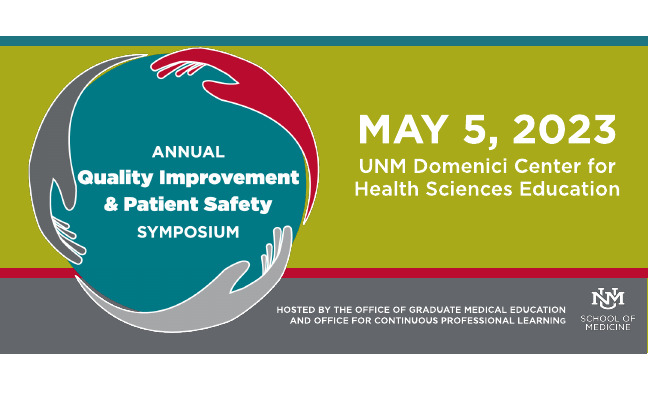Document Type
Poster
Publication Date
3-6-2020
Abstract
Objective
The first step in the management of burn patients is an accurate estimation of the body surface area. Based on percentage of body surface area involvement, burns are categorized as major (>20%) and minor (
Methods
This is a retrospective study of 327 consecutive patients from 2014-2018 at University of New Mexico Burn Center. Only patients undergoing surgical management were included. We recorded patient demographics, comorbidities, burn characteristics. The primary measure of interest was SAGE documentation and secondary measure of interest was outcomes associated with it.
Results
We found that SAGE diagram was completed on minority of patients 130 (39.8%). After comparing patients in SAGE group vs. No SAGE group we found that the patients were the same in both groups with regards to the demographics and comorbidities except adult patients with hypertension and hyperlipidemia (p values
Conclusion
Only a minority of patients get SAGE diagram documented. Although our study did show improved outcomes with the use of SAGE diagram. There is need for prospective studies to validate the utility of SAGE diagram in predicting adverse outcomes in major burns.
Recommended Citation
Chavez, Mattalynn; Barkat Ali; Ryan Keffer; Victor Andujo; Whitney Elks; Sydney Cooper; Gregory Borah; and Eugune Wu. "SAGE Diagram Documentation in Burn Patients in New Mexico: Room for Quality Improvement." (2020). https://digitalrepository.unm.edu/hsc_qips/11


Comments
Presented at the University of New Mexico Health Science 2020 Annual Quality Improvement and Patient Safety Symposium